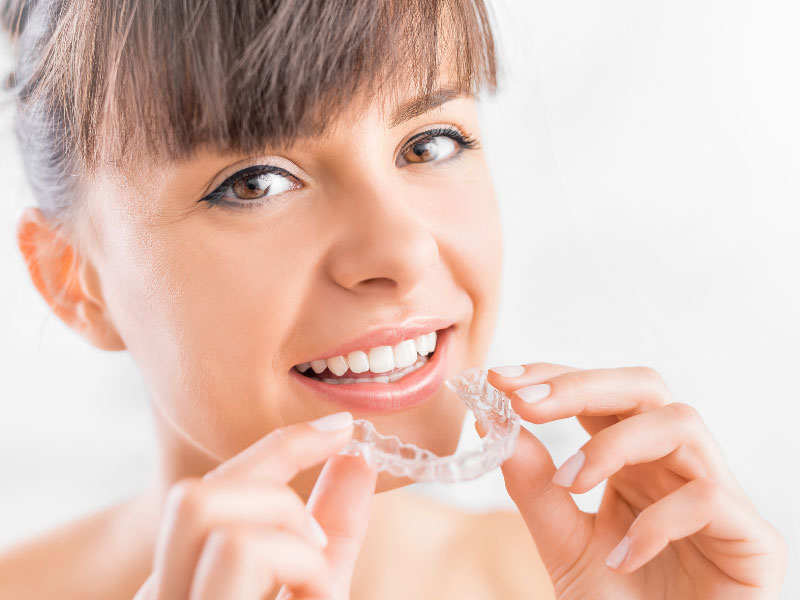The Science Behind Invisalign: How Clear Aligners Straighten Teeth

When it comes to achieving a straighter smile, many people turn to orthodontic treatments such as braces or clear aligners. In recent years, Invisalign has gained popularity as a discreet and convenient option for straightening teeth. But have you ever wondered how these clear aligners actually work to straighten your teeth? Let's take a closer look at the science behind Invisalign.
At the core of Invisalign treatment is the use of custom-made clear aligners that are worn over the teeth to gradually shift them into the desired position. These aligners are made of a smooth and comfortable plastic material that is virtually invisible when worn, making them a popular choice for those who wish to straighten their teeth without the visibility of traditional braces.
So, how do these clear aligners work to straighten teeth? The key lies in the science of orthodontics and the principles of tooth movement. When pressure is applied to the teeth, the bone surrounding them responds by breaking down on one side and rebuilding on the other. This allows the teeth to gradually move into the correct alignment over time.
Each set of Invisalign aligners is designed to exert specific forces on the teeth to guide them into the desired position. The treatment plan is created using advanced computer imaging technology to map out the precise movements of each tooth throughout the course of the treatment. This allows for a highly personalized and effective approach to straightening teeth.
One of the advantages of Invisalign is the ability to remove the aligners for eating, drinking, and oral hygiene. This not only makes it more convenient for the patient but also allows for better oral hygiene compared to traditional braces. However, it is important to wear the aligners for the recommended 20-22 hours per day to ensure the treatment progresses as planned.
Another key component of the science behind Invisalign is the use of attachments. These are small tooth-colored shapes that are bonded to the teeth to help the aligners exert more precise and targeted forces. Attachments are strategically placed on certain teeth based on the treatment plan to assist in the movement of the teeth.
Throughout the course of the treatment, patients will typically go through multiple sets of aligners, with each set gradually moving the teeth closer to the desired alignment. As the teeth shift, new sets of aligners are provided to continue the progress until the treatment is complete. Regular check-ups with the orthodontist are important to monitor the progress and make any necessary adjustments to the treatment plan.
While Invisalign is a highly effective treatment for straightening teeth, it is important to note that not everyone is a suitable candidate for this type of orthodontic treatment. Invisalign is best suited for mild to moderate cases of misalignment and may not be suitable for severe orthodontic issues. Your orthodontist will be able to assess your individual needs and recommend the most suitable treatment option for you.
In conclusion, the science behind Invisalign is a fascinating blend of orthodontic principles, advanced technology, and personalized treatment planning. By understanding how clear aligners work to straighten teeth, you can appreciate the innovation and precision that goes into achieving a straighter smile with Invisalign. If you are considering orthodontic treatment to improve the alignment of your teeth, Invisalign may be a discreet and effective option worth exploring.